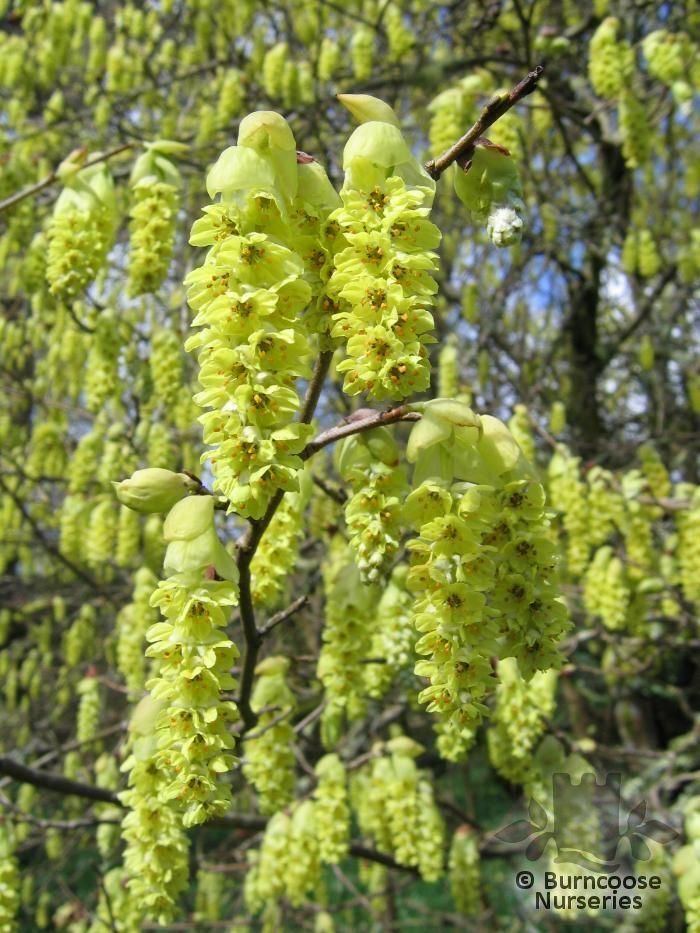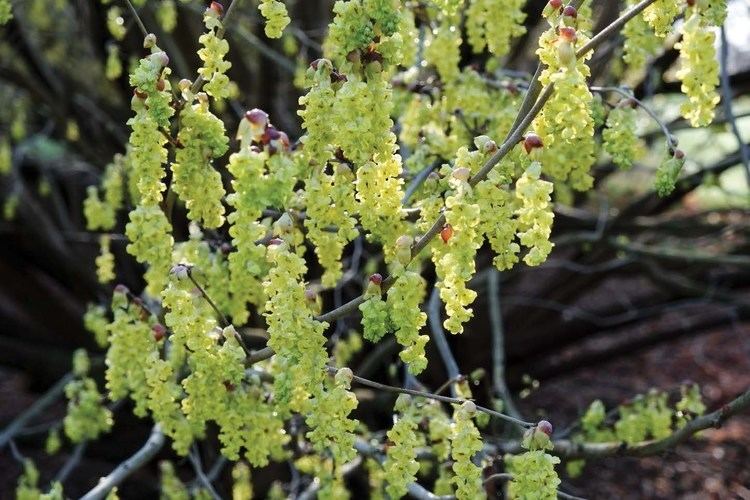Scientific name Corylopsis Rank Genus | ||
 | ||
Similar Corylopsis pauciflora, Corylopsis spicata, Hamamelidaceae, Corylopsis sinensis, Fothergilla | ||
Corylopsis garden plants
Corylopsis is a genus of nearly 30 species of shrubs in the witch hazel family, Hamamelidaceae, native to eastern Asia with the majority of species endemic in China but with some also in Japan, Korea, and the Himalayas. This genus is also known from the extinct species Corylopsis reedae described from Eocene leaf fossils found in Washington State, USA.
Contents

They grow to 2–6 m (6 ft 7 in–19 ft 8 in) tall, often with a crown wider than the shrub's height. The leaves are ovate with an acute apex and a serrated margin, 4–20 cm (2–8 in) long and 3–15 cm (1.2–5.9 in) broad. The flowers are produced in late winter in pendulous racemes 3–9 cm (1.2–3.5 in) long with 5-30 flowers; each flower has five pale yellow petals, 4–9 mm long. The fruit is a dry capsule 10–12 mm long, containing two glossy black seeds.

Cultivation and uses

They are often grown in gardens for their very early, yellow flowers. They do have weak branches though, which are often damaged by heavy snow loads. Corylopsis prefers to grow in semi-shade or shade, protected from strong winds. It grows best on humus-rich soils. The sweetly scented flowering branches keep well in a vase. Corylopsis also makes good bonsai plants, especially C. pauciflora.


